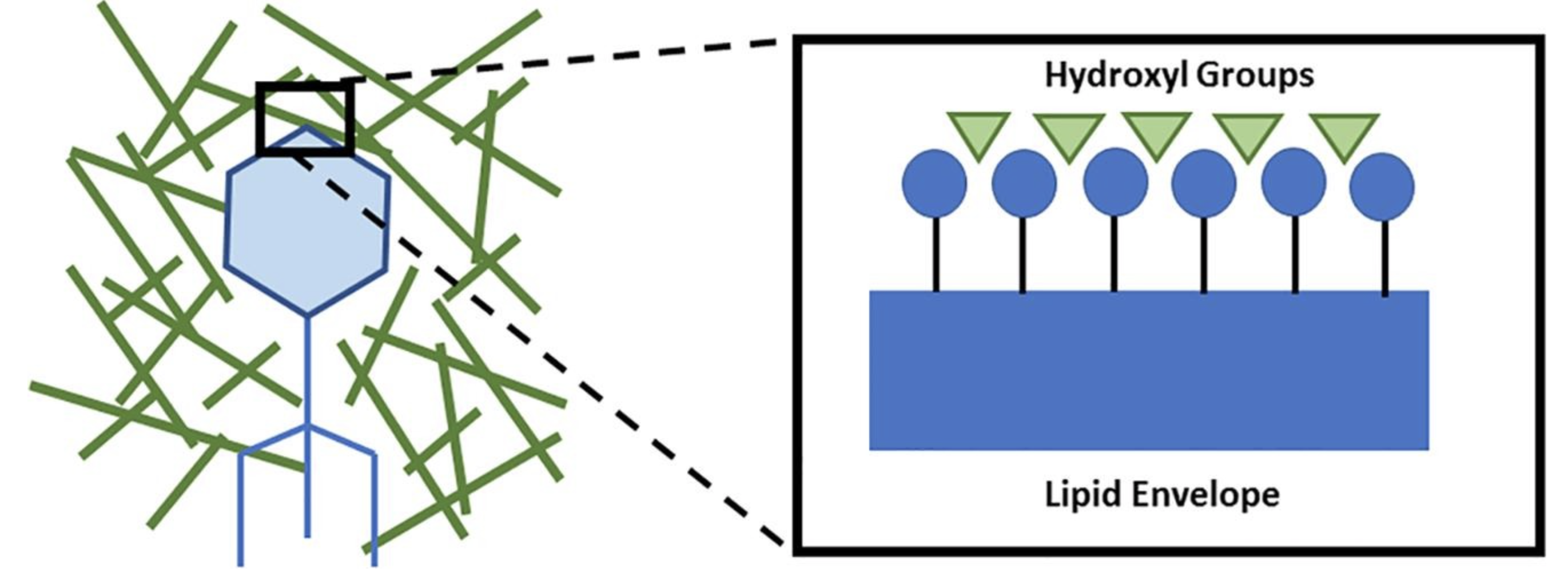Excipient selection for thermally stable enveloped and non-enveloped viral vaccine platforms in dry powders

Two enveloped viral vectors, vesicular stomatitis virus and influenza virus, and a non-enveloped viral vector, human adenovirus type 5, were encapsulated by spray drying to enhance thermal stability. Results with these candidates led to the hypothesis that stability performance of chosen excipients may be less virus-specific, as previously postulated in the literature, and more differentiated based on whether the virus has a lipid envelope.
Spray dried samples were characterized for their thermal properties, RNA viability and in vitro viral activity after storage at 37 °C for up to 30 days or at 45 °C for up to 3 days. The enveloped viral vectors, as a group, were more thermally stable in trehalose while the non-enveloped viral vector showed higher activity with mannitol as the primary excipient in blends. Trehalose shows strong hydrogen bonds with the envelope’s lipid membrane than the other carbohydrates, more effectively replacing water molecules while maintaining the fluidity of the membrane. Conversely, the small size of mannitol molecules was attributed to the more effective hydrogen bonding between water and the protein capsid of non-enveloped viral vectors.
In all cases, a matrix with high glass transition temperature contributed to thermal stabilization through vitrification. This work suggests that carbohydrate stabilizer selection may be more dependent on the envelope rather than the specific viral vector, which, if universally true, will provide a guideline for future formulation development. More on excipients for viral vaccines
Steven P. Toniolo, Sam Afkhami, Ahmad Mahmood, Cécile Fradin, Brian D. Lichty, Matthew S. Miller, Zhou Xing, Emily D. Cranston, Michael R. Thompson,
Excipient selection for thermally stable enveloped and non-enveloped viral vaccine platforms in dry powders,
International Journal of Pharmaceutics,
Volume 561,
2019,
Pages 66-73,
ISSN 0378-5173,
https://doi.org/10.1016/j.ijpharm.2019.02.035.

